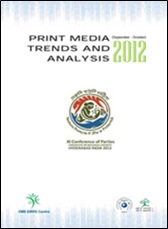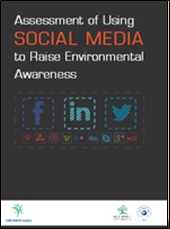HYDERABAD: Most of the lakes in Hyderabad are ‘dead’. Shockingly, the Dissolved Oxygen (DO) levels are found to be less than even 1 milligrams/litre (mg/l), or at best between 1-1.5 mg/l in most of the water bodies in Hyderabad where water quality parameters are being regularly monitored by the Telangana State Pollution Control Board. Aquatic species, like the terrestrial ones need oxygen to survive and the presence of oxygen in water bodies is tracked through DO.
As per the standards set by Central Pollution Control Board and other international environment organisations, the minimum amount of DO in water should at no point be less than 3-4 mg/l for survival of aquatic life.
As per the National Oceanic and Atmospheric Administration (NOAA), water bodies having dissolved oxygen concentration less than 2 mg/l are known as Hypoxic zones or as ‘dead zones’ because such conditions cannot sustain life.
Dr Shilpi Sharma, scientist at the Telangana State Biodiversity Board and also an expert in fishes, says, “The dissolved oxygen levels in freshwater should at least be around 2 mg/l for fishes to survive. Below this it is only a few microorganisms and algae that can survive without oxygen and such an ecosystem is not healthy.”
Hyderabad’s lakes were not always ‘dead’ but letting in of untreated sewage and industrial effluents has resulted in the decrease of aquatic life in them.
Dr C Srinivasulu of the zoology department at Osmania University, giving an example of how aquatic life went from diverse to almost dead in Hussainsagar over the years, says, “A study conducted in the 1940s by the then head of the fisheries department, M Rahimullah, found close to 50 species of fish in Hussainsagar.
This decreased to around 32 fish species in the 1970s and as of now only one species of fish has been confirmed to be found in Hussainsagar—The African Catfish, which is an alien species.”
“Letting in of sewage water and industrial effluents in lakes results in depletion oxygen levels in the water, as a lot of oxygen from the water is consumed to break down these contaminants leaving water devoid of enough quantities of dissolved oxygen for aquatic life to survive,” he further said









